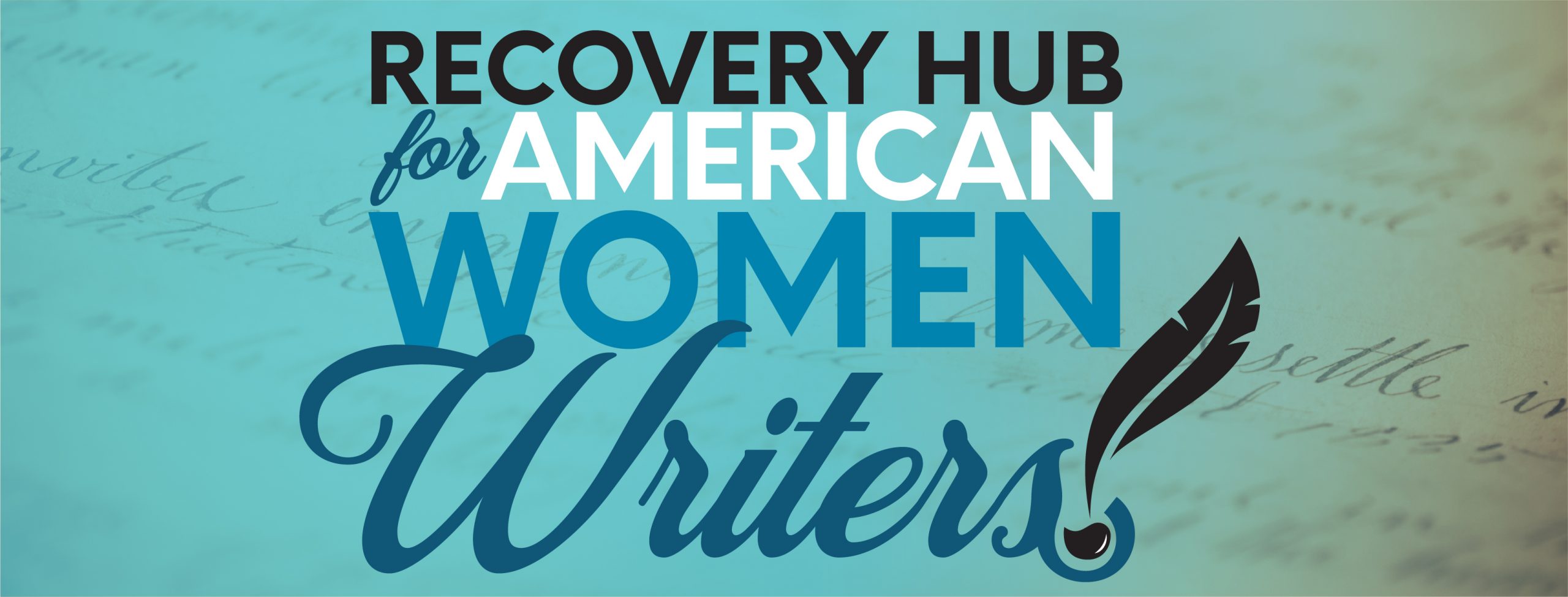Visit the Colored Conventions Project
Project Leads
Gabrielle Foreman, Co-Director, Founding Director
Jim Casey, Co-Director and Co-Founder
Lauren Cooper, Project Manager
Denise Burgher, Project Coordinator
Anna Lacy, Project Coordinator
Project Reviewer
Melissa J. Homestead, University of Nebraska-Lincoln
Project Overview
The Colored Conventions Project (CCP) is a scholarly and community research project dedicated to bringing the seven decades-long history of nineteenth-century Black organizing to digital life. Mirroring the collective nature of the nineteenth-century Colored Conventions, CCP uses innovative, inclusive models and partnerships to locate, transcribe, and archive the documentary record related to this nearly forgotten history and to curate digital exhibits that highlight its stories, events and themes.
Founded in a graduate class at the University of Delaware, the CCP brings together interdisciplinary scholars and students, librarians and independent researchers, national teaching partners and media specialists, academic institutions, and members of the public. More than 2,500 people—scholars and teachers around the country, undergraduates, and members of the public—have contributed their time and energy to our ongoing, online effort of transcribing convention minutes and creating digital exhibits. Supported by prestigious grants from the National Endowment for the Humanities and the Mellon Foundation, CCP is excited to continue expanding its nationwide collaborations in teaching, learning, and celebrating the history of Black organizing.
Project Review
Melissa J. Homestead
The Colored Conventions Project (CCP) is a multi-faceted research collaborative grounded in the recovery of seven decades of political organizing by Black men and women in the United States through meetings identified as “Colored Conventions.” As a research hub, CCP goes beyond the digital project reviewed here, but in all its facets, CCP is committed to antiracist and feminist principles.
The CCP is in a period of transition in two senses. First it has recently (2020) relocated from the University of Delaware to the Pennsylvania State University, where it is the centerpiece of #DigBlk, Center for Black Digital Research. Second, its digital face has split into two parts, an Omeka site, where visitors can access records of the conventions (Digital Records), and a WordPress site featuring information and policies about CCP and interpretive exhibits about the conventions.
The Digital Records site allows visitors to access digital surrogates of convention minutes, proceedings, newspaper articles, speeches, letters, transcripts, and images documenting the conventions. Dublin Core metadata and tagging of records allows visitors to browse convention records by year or by the status of a convention as a state or a national convention. Users can also search transcribed text and other metadata fields, such as publisher and title. Documents can be viewed as PDFs, which are accompanied by transcriptions produced using the Omeka tool Scripto. The exhibits located on the WordPress site, some of them produced by the classes of teaching partners at other institutions, provide contexts for reading the Black political organizing recorded in the Digital Records. Some exhibits focus on particular meetings or locations, while others focus on broader contexts, such as impediments to mobility for Black people traveling to the conventions or efforts to advocate for higher education for Black women in the 1850s. These exhibits incorporate a variety of digital tools to present information, including Storymap, Sutori, and Pictochart.
CCP asks those who want to analyze or content to commit to its antiracists and feminist principles. Those who want to download the corpus of the Digital Records for texts analysis must “honor CCP’s commitment to a use of data that humanizes and acknowledges the Black people whose collective organizational histories are assembled” in the corpus, and instructors who want their class to commit “to confronting the under-representation of women in the convention minutes” by researching and recognizing their political work in exhibits to be published on the site.
It will be interesting to watch future developments and to see whether the two sites will be integrated. At this point, the two sites refer to each other in a broad sense, telling visitors to be sure to access the other site, but cross-referencing is otherwise absent. A visitor who becomes interested in a Black woman featured in an exhibit can do a keyword search on the Digital Records site to try to locate her in these documents, but search results might be confusing or misleading. This is a product of transcribed text on the Digital Records side being presented in Scripto rather than marked up in TEI.

